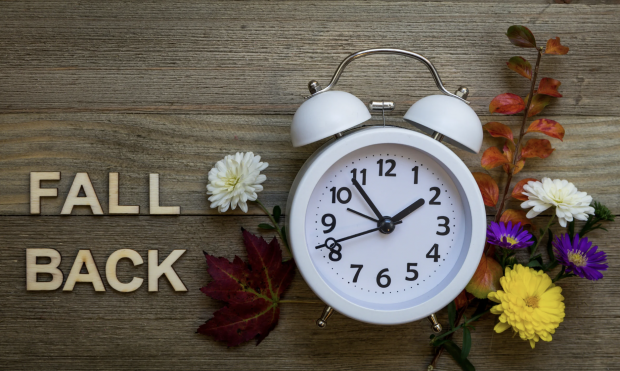
Breaking News
 Elon Tells Rogan the Real Reason Democrats are Prolonging the Government Shutdown [WATCH]
Elon Tells Rogan the Real Reason Democrats are Prolonging the Government Shutdown [WATCH]
 Newsom: Trump Is Trying to Rig the Election -- He Knows GOP Will Lose
Newsom: Trump Is Trying to Rig the Election -- He Knows GOP Will Lose
 There is zero justification for the Department of Justice's silence while the most serious...
There is zero justification for the Department of Justice's silence while the most serious...
 Gabbard Says Trump Has Ended America's Era Of 'Regime Change'
Gabbard Says Trump Has Ended America's Era Of 'Regime Change'
Top Tech News
 The 6 Best LLM Tools To Run Models Locally
The 6 Best LLM Tools To Run Models Locally
 Testing My First Sodium-Ion Solar Battery
Testing My First Sodium-Ion Solar Battery
 A man once paralyzed from the waist down now stands on his own, not with machines or wires,...
A man once paralyzed from the waist down now stands on his own, not with machines or wires,...
 Review: Thumb-sized thermal camera turns your phone into a smart tool
Review: Thumb-sized thermal camera turns your phone into a smart tool
 Army To Bring Nuclear Microreactors To Its Bases By 2028
Army To Bring Nuclear Microreactors To Its Bases By 2028
 Nissan Says It's On Track For Solid-State Batteries That Double EV Range By 2028
Nissan Says It's On Track For Solid-State Batteries That Double EV Range By 2028
 Carbon based computers that run on iron
Carbon based computers that run on iron
 Russia flies strategic cruise missile propelled by a nuclear engine
Russia flies strategic cruise missile propelled by a nuclear engine
 100% Free AC & Heat from SOLAR! Airspool Mini Split AC from Santan Solar | Unboxing & Install
100% Free AC & Heat from SOLAR! Airspool Mini Split AC from Santan Solar | Unboxing & Install
 Engineers Discovered the Spectacular Secret to Making 17x Stronger Cement
Engineers Discovered the Spectacular Secret to Making 17x Stronger Cement
What To Know About The Push To 'Lock The Clock' On Daylight Saving Time

There has been extensive debate about whether to stop this change, or "lock the clock," but so far, no national change has been made.
Here's what to know about the Daylight Saving Time debate.
What Is Daylight Saving Time?
Daylight Saving Time begins on the second Sunday in March every year, and clocks are set forward by one hour, an action often referred to as "spring forward."
The hour is gained on the first Sunday in November when Daylight Saving Time ends, and the clocks are set back one hour to "fall back."
This is observed nationwide, with some exceptions. They are: Hawaii, American Samoa, Guam, Northern Mariana Islands, Puerto Rico, the Virgin Islands, and most of Arizona. However, if Daylight Saving Time is observed, it is required to begin and end on the federally mandated dates.
The practice of changing the clock twice a year has been observed since 1918, and was enacted through the Standard Time Act, which also created standard time zones.
Later, in 1966, the Uniform Time Act amended the practice to allow a state to exempt itself, or a part of itself that lies in a different time zone, from the observance of Daylight Saving Time, meaning they would have to lock their clocks on standard time.
The rules for Daylight Saving Time changed in 2007 for the first time in over 20 years, and the amount of time for the change was lengthened in the interest of a reduction of energy consumption.
Daylight Saving Time was lengthened by about one month, now taking up 238 days, or around 65 percent, of the year.



